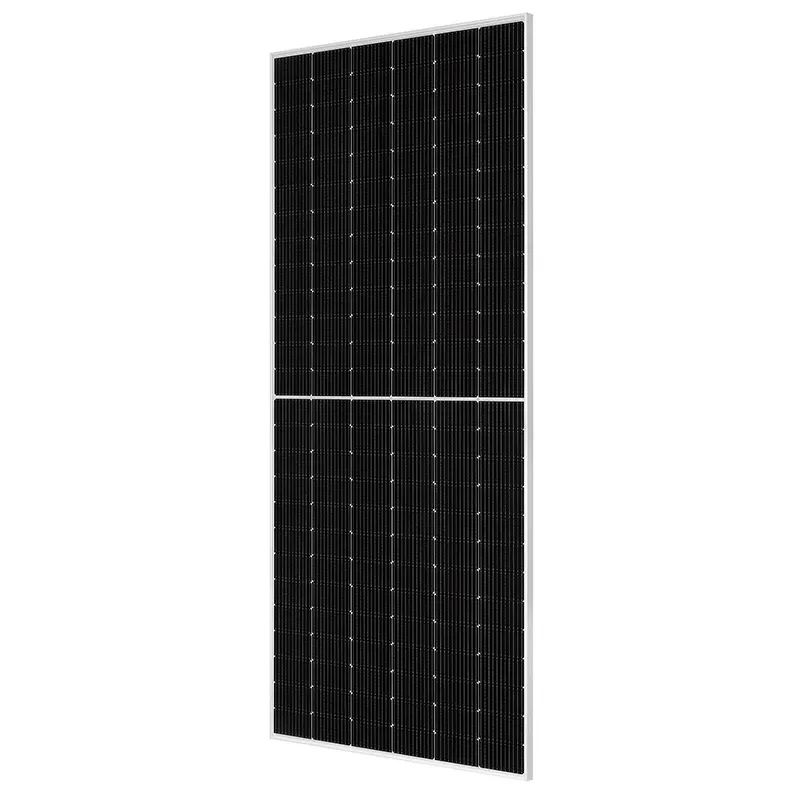half cell solar panel vs full cell
Half Cell Solar Panels vs Full Cell Solar Panels A Comprehensive Comparison
In recent years, solar technology has evolved significantly, leading to more efficient energy solutions for both residential and commercial applications. Among these innovations, half cell and full cell solar panels have emerged as popular options. Understanding the differences between these two types of solar panels is essential for anyone considering investing in solar energy.
What are Full Cell Solar Panels?
Full cell solar panels are the traditional solar panel design that has been widely used in the market for decades. These panels consist of a full-sized monocrystalline or polycrystalline silicon cell, typically measuring about 6 inches by 6 inches. The major advantage of full cell panels is their simplicity and established technology. They have a good efficiency rate, commonly ranging from 15% to 20%. Additionally, full cell panels are usually less expensive to produce, making them more accessible for many consumers.
However, one significant drawback of full cell panels is their susceptibility to shading. When part of a panel is shaded, it can significantly impact the performance of the entire panel. This is due to the series configuration of the cells; if one cell underperforms, it can drag down the output of the whole system. This means that in situations where partial shading occurs, such as nearby trees or buildings, full cell panels may not generate electricity as efficiently as desired.
What are Half Cell Solar Panels?
Half cell solar panels, as the name suggests, are made up of smaller cells, typically half the size of conventional cells. This design allows for several advantages over full cell panels. One of the primary benefits of half cell panels is improved performance in shaded conditions. Since the cells are connected in a way that minimizes the impact of shading, if one half cell is shaded, the other half can still produce electricity, thus maintaining higher overall panel efficiency.
half cell solar panel vs full cell

Moreover, half cell technology increases the energy output of the panel. The design reduces the amount of energy lost due to resistive heating, leading to higher efficiency rates, often exceeding 20%. Consequently, half cell panels can generate more power per square foot compared to full cell panels, making them an excellent choice for installations with limited roof space.
Cost Considerations and Longevity
While half cell solar panels generally offer superior performance, they also tend to be more expensive due to their advanced technology and manufacturing processes. However, the long-term savings on energy bills and the potential for higher electricity generation can offset the initial investment.
In terms of longevity, both types of panels typically come with warranties ranging from 25 years, ensuring that consumers receive a durable product. However, half cell panels tend to have better temperature coefficients, meaning they perform better in high temperatures and potentially offer a longer lifespan overall.
Conclusion
Choosing between half cell and full cell solar panels ultimately depends on individual energy needs, budget, and installation conditions. While full cell panels are a reliable and cost-effective choice for many, half cell panels offer enhanced efficiency and performance, especially in shaded environments. As solar technology continues to advance, half cell panels are likely to gain further traction in the market, appealing to those looking for the best possible energy solutions. When making a selection, it’s crucial to consider factors such as shading, available space, and budget to determine which panel type will best meet your energy needs.
-
String Solar Inverter: The High-Efficiency Solution for Smart Solar EnergyNewsJul.14,2025
-
Revolutionizing Rooftop Energy with the Power of the Micro Solar InverterNewsJul.14,2025
-
Power Independence with Smart Off Grid Solar Inverter SolutionsNewsJul.14,2025
-
On Grid Solar Inverter: Powering the Future with Smart Grid IntegrationNewsJul.14,2025
-
Monocrystalline Solar Panels: High-Efficiency Power for the Future of Clean EnergyNewsJul.14,2025
-
Bifacial Solar Panel: A Smarter Investment for Next-Generation Energy SystemsNewsJul.14,2025







